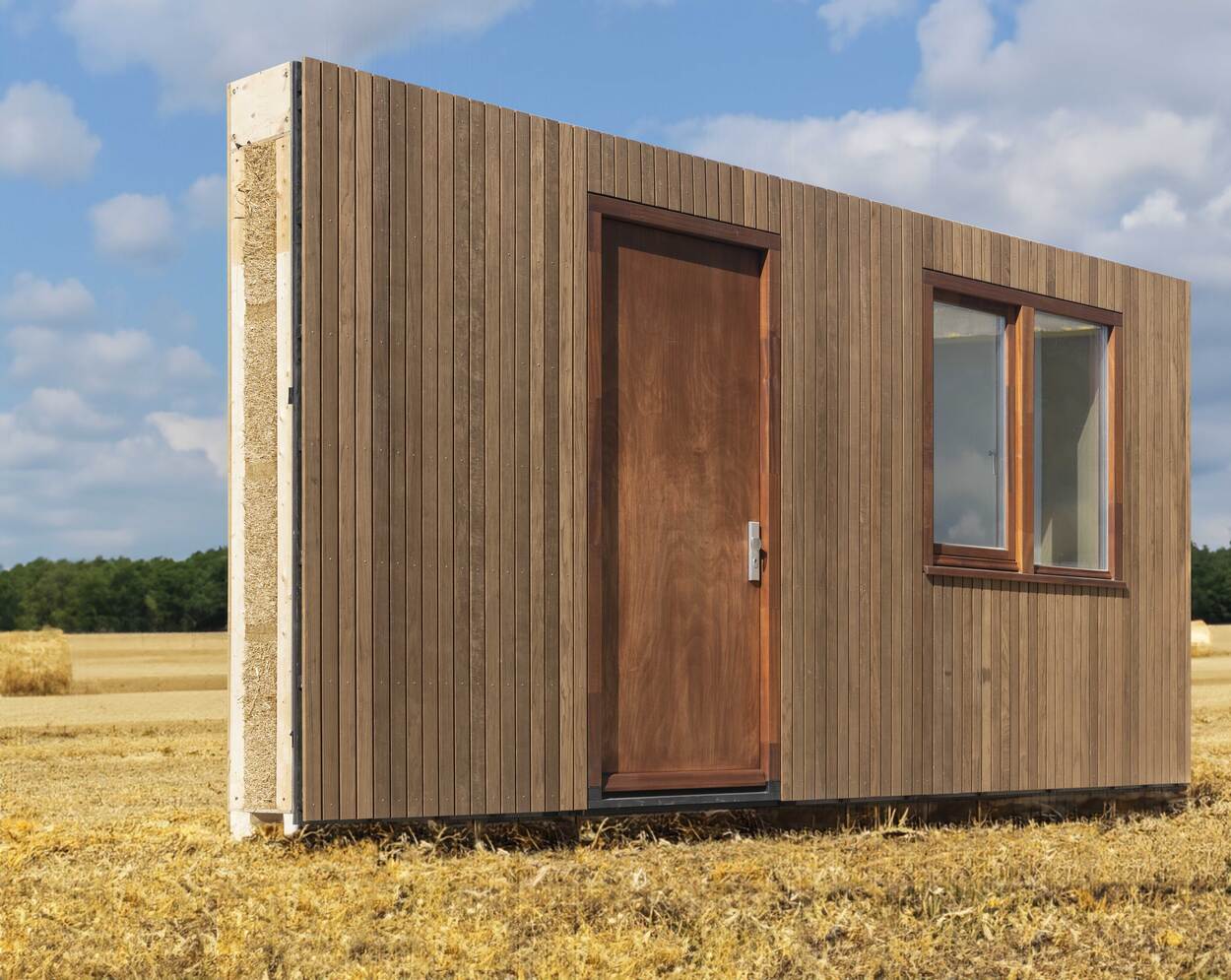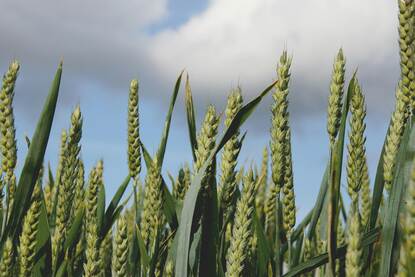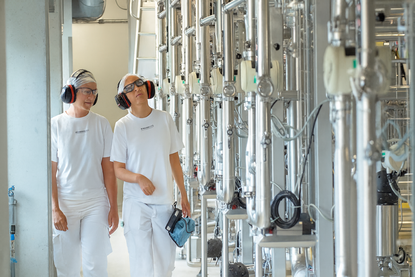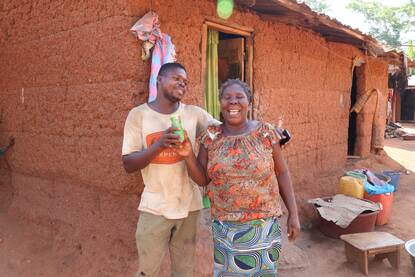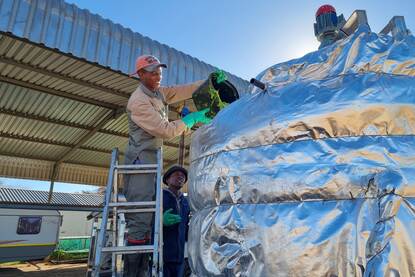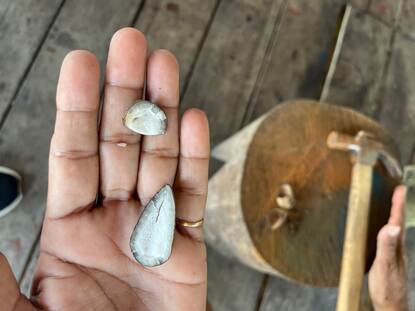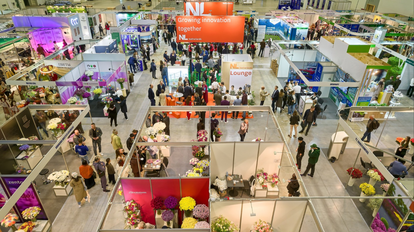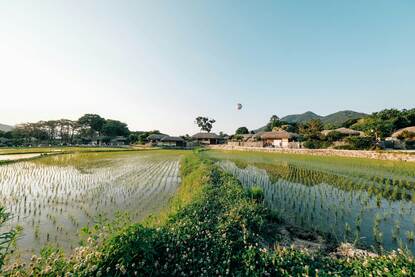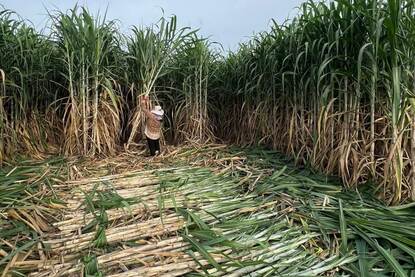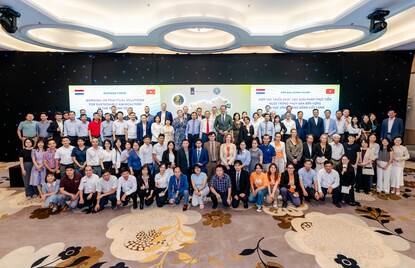Foto Source: Strotec
The construction industry in the Netherlands faces pressure to become greener, healthier, and more sustainable. For Johan Mellegers, chairman of Biobased Nederland, the answer lies in using natural, locally sourced materials. This association brings together around twenty producers and supporters of biobased building products, from established companies to small and emerging businesses. Mellegers sees the industry sector gradually growing and professionalizing. He believes government policy and incentives are needed to speed up this transition, but stresses that companies in the sector must remain responsible for putting solutions into practice.

What does biobased construction mean to you personally?
‘For me, biobased construction is about returning to common building traditions. Until about a century ago, people relied on local, natural materials. Old timber-frame houses are a clear example. Only in recent times did we switch to concrete, steel, and plastics. That shift had its reasons, but it has not always been healthy or sustainable. Now we need to rebuild that approach. Biobased construction improves indoor health, supports regional economies, and helps lower emissions. It is not a passing idea – it is a practical step forward.’
‘Biobased construction isn’t new – a century ago and before, it was simply how we built’
Which materials do you see as central to this transition?
‘Wood is of course biobased, but it already has a strong position. The main opportunities are in hemp, flax, miscanthus, and biocomposites. I am also one of the directors of Faay. This company has been working with flax wall systems for decades and produces around 1.000 m2 on a daily basis. These products are well tested and reliable. They are certified and used on a large scale. That shows biobased materials are not just concepts – they are already in daily use.’
Why do you stress health when discussing construction?
‘Health is the most valuable thing we have. Many homes described as “sustainable” are sealed airtight and filled with plastics. That may reduce energy loss, but it also creates unhealthy conditions with little natural ventilation, where people depend on machines to clean the air. Biobased materials breathe. They support a natural indoor climate and make homes healthier. That side of the story is just as important as lowering CO₂.’
You link health and sustainability closely to building. How does local production fit in?
‘Local production is essential. It is not only about materials, but also about how we organize the economy. By sourcing raw materials and production locally, we reduce transport and emissions. At the same time, we create jobs and strengthen regional businesses. Biobased construction is not only about sustainability – it is also about fairness and supporting communities.’
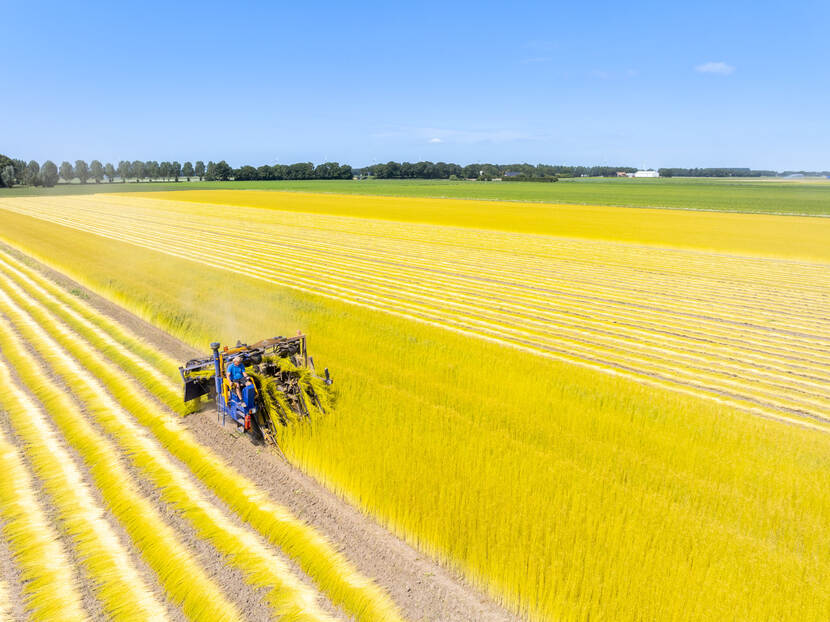
How do you view the potential of biobased construction in the Netherlands?
‘There is clear potential. Demand is rising, driven by stricter building rules, the nitrogen debate, and pressure to cut emissions. Construction produces about 30% of total emissions, so the sector has a real opportunity to make a difference.’
‘At present, biobased materials still represent a small share, but the companies working in this area are expanding quickly. It is a transition that takes time, but the trend is moving in the right direction.’ ‘If we want to reduce emissions, we can’t just keep building the way we always have. Biobased materials help in two ways: they store carbon as they grow, and they cut transport emissions when produced locally. That combination makes them a very effective way to achieve real emission reductions in construction.’
What role does Biobased Nederland play in this process?
‘Biobased Nederland, a Dutch association that was officially launched in November 2024, helps producers scale up and bring their products into the market’. As chairman, Mellegers explains how they do this in three ways. ‘First, by connecting producers and builders so companies can expand capacity. Second, by representing members with policymakers to ensure biobased products get a fair chance. And third, by sharing knowledge on innovation, certification, and regulation, which smaller businesses often lack.’
‘Promotion also matters. We coordinate trade show participation, manage a joint website, and take part in NEN (Royal Netherlands Standardization Institute) committees that set standards for biobased materials.’

How is scaling up working in practice?
‘Progress is steady, but it takes time. The construction sector is conservative. Companies tend to rely on familiar products and trusted partners. Shifting to new materials requires patience. Still, the change is visible: businesses are growing, awareness is spreading, and more projects now include biobased products. As an association, we support that shift. It is gradual – step by step – but it is happening.’
How important is cooperation at the European level?
‘Very important. We focus on Dutch producers, but the European context matters. Flax, for instance, comes mainly from France and as a building material is a byproduct of the linen industry. The Netherlands does not have that scale. Hemp, on the other hand, grows well here. The key is to concentrate on strengths and collaborate where it makes sense. There is no reason to build a factory in the Netherlands if the same capacity already exists just across the border.’
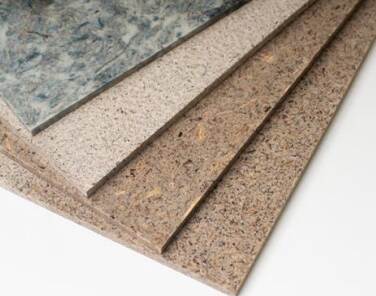
How does the Netherlands compare to other European countries?
‘The Netherlands is small but well organized and innovative. This makes it easier to develop products, certify them, and bring them to market quickly. We are also strong in prefab: not just developing products but applying them in real projects. That is a real advantage. The main challenge is not innovation or cost, but adoption. As said earlier, the construction industry is conservative and building trust in new materials is the biggest hurdle.’
What role should the government play in this transition?
‘Government is important, but its role should be clear. We need policy and incentives, but implementation belongs to companies. We work closely with Building Balance, a national non-profit organization that works as a government implementing agency to accelerate the use of biobased materials in construction. In cooperation with the Dutch ministries of Agriculture, Fisheries, Food Security and Nature (LVVN), Housing and Spatial Planning (VRO), Climate and Green Growth (KGG), and Infrastructure & Water Management (I&W), the organization implements the National Biobased Construction Program (NABB). The aim of the NABB is to achieve the following goals by 2030:
- At least 30% of new houses are built with 30% or more biobased materials;
- At least 30% of the insulation for sustainability improvements is made with biobased materials;
- At least 30% of the materials used in non-residential buildings is biobased.’
‘As mentioned earlier, we also participate in NEN standards committees. That may sound technical, but it is essential. Without standards and certifications, products cannot compete. By being part of the process, we ensure biobased materials are treated fairly alongside traditional options.’
What has been your experience with the Netherlands Agricultural Network (LAN) at Dutch embassies?
‘That network is becoming more valuable. I am often invited to join trade missions, especially within Europe. Faay has done this for years, and it has real benefits. You meet partners, see how other countries are adopting biobased construction, and identify opportunities and competition. For Dutch entrepreneurs, that is very useful, and LAN makes it easier to connect and find partners.’
Finally, what message would you give to stakeholders involved in the bioeconomy and biobased construction?
‘Biobased construction is not new. A century ago, it was standard practice. It is healthier, fairer, and more sustainable. We should use it again – not only to lower CO₂, but also to make better homes and stronger local economies. This is not a theory – it already works in practice. The challenge now is to make it more common and to move faster.’
